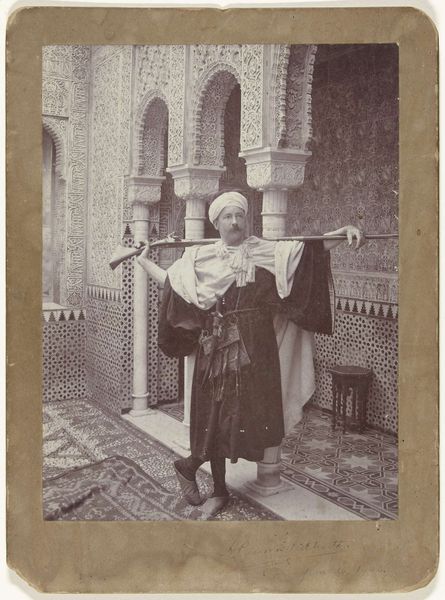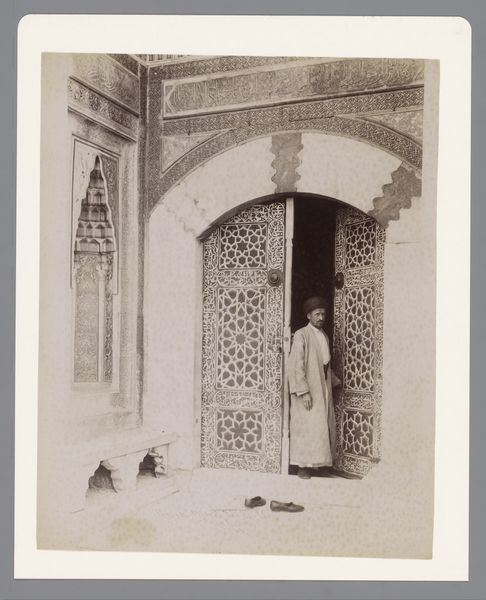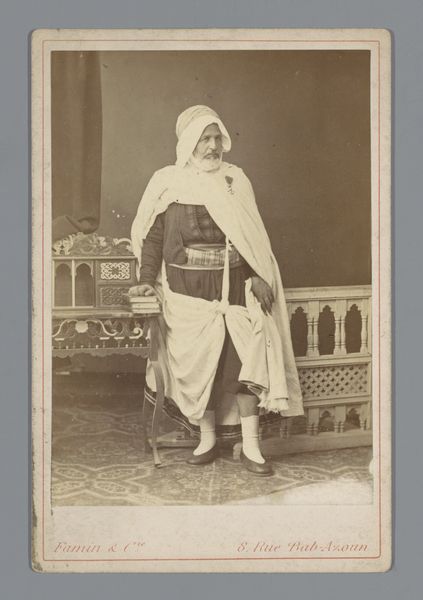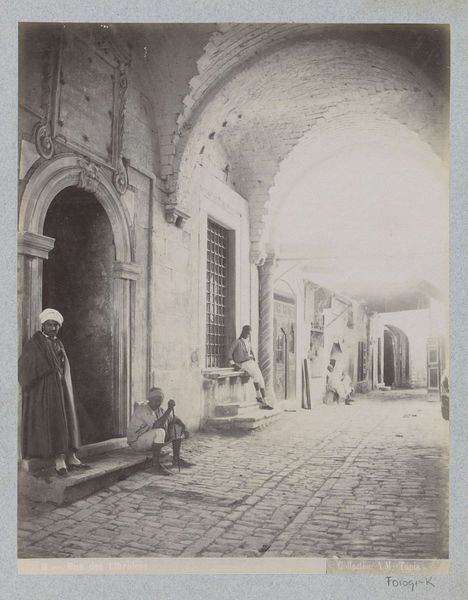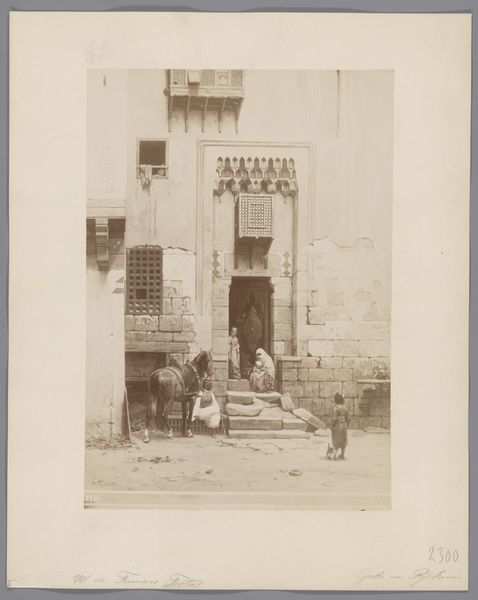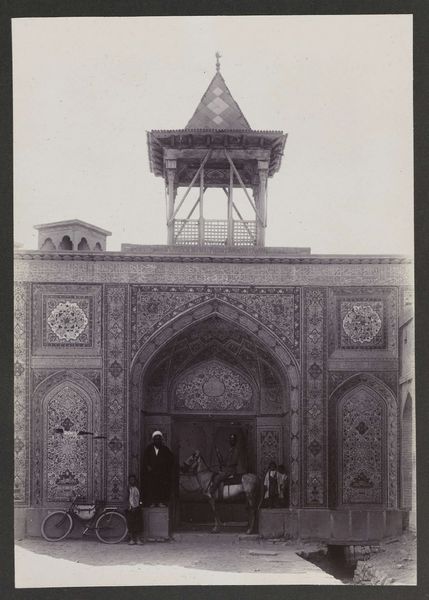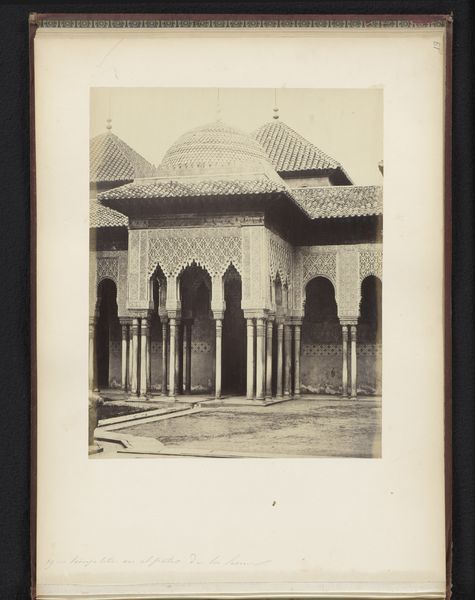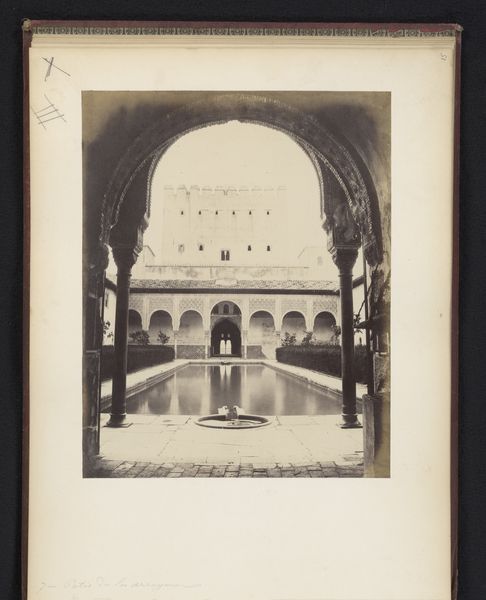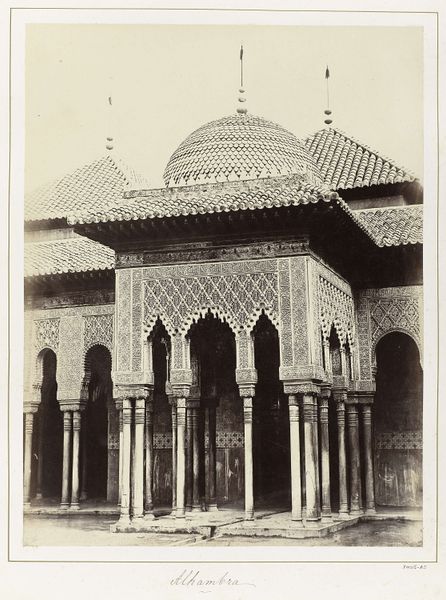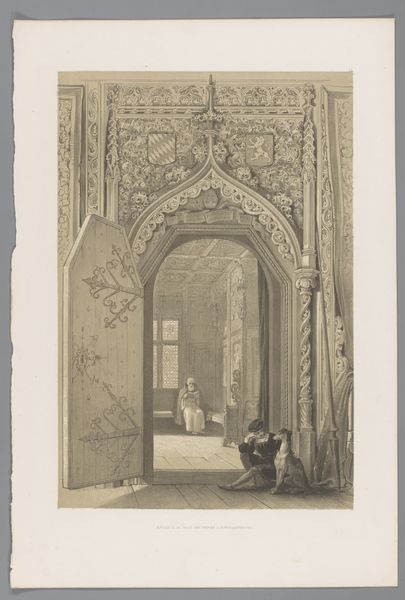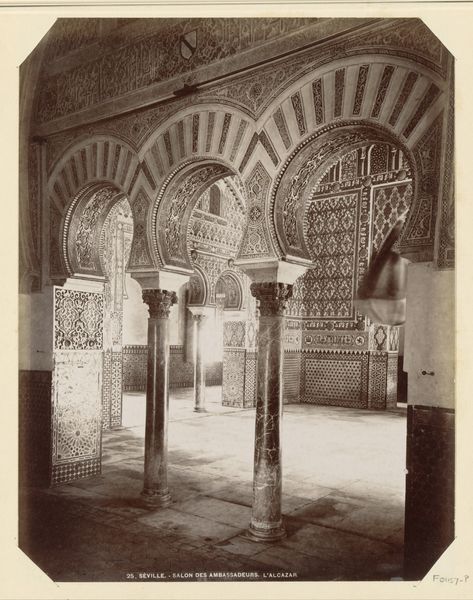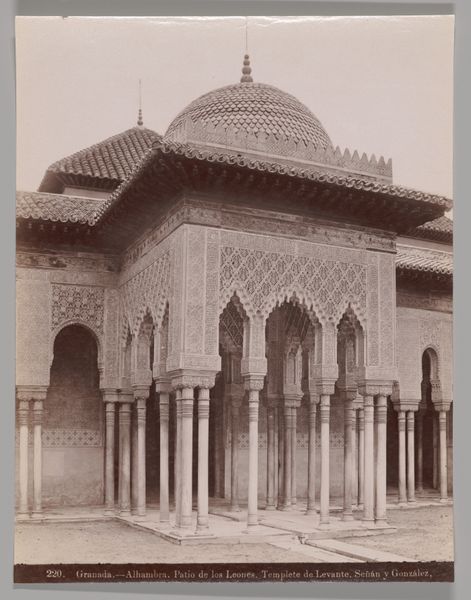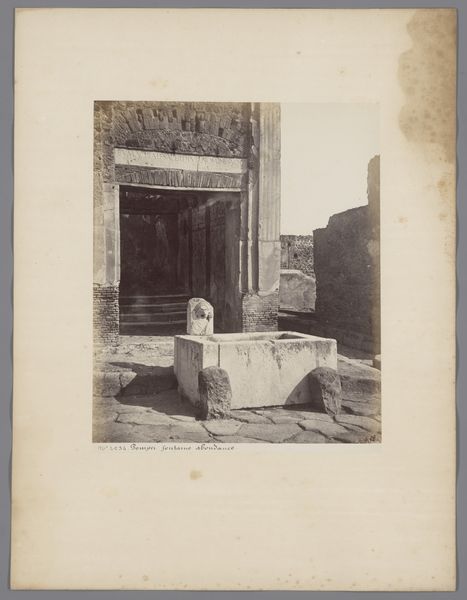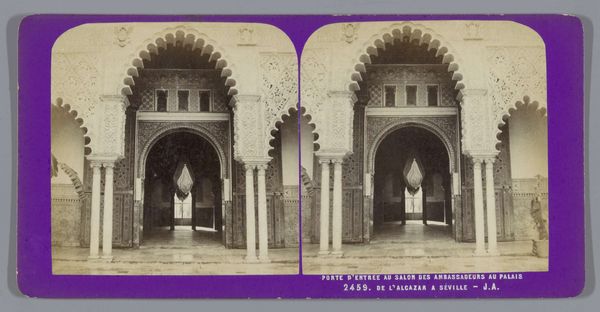
Studioportret van Henry Pauw van Wieldrecht in Oriëntaals kostuum met een geweer 1902
0:00
0:00
photography
#
portrait
#
17_20th-century
#
archive photography
#
photography
#
historical photography
#
historical fashion
#
orientalism
#
islamic-art
#
genre-painting
Dimensions: height 227 mm, width 162 mm, height 268 mm, width 197 mm
Copyright: Rijks Museum: Open Domain
Editor: This is a fascinating photographic print from 1902, titled "Studioportret van Henry Pauw van Wieldrecht in Oriëntaals kostuum met een geweer"—roughly, "Studio Portrait of Henry Pauw van Wieldrecht in Oriental Costume with a Rifle." The texture and detail captured by this historical photography is really compelling. What can you tell me about the context and significance? Curator: It’s interesting to examine the production of this image as a form of material culture, no? We see here a clear instance of Orientalism, likely manufactured for a European audience. Consider the labour involved: from the photographer producing and printing this image for sale, to the weavers and artisans of the carpet, the makers of the rifle, the textile workers of the "oriental" garments. Even Pauw van Wieldrecht himself is participating in the economy of image making and circulation of fantasies. Editor: So you're highlighting the various industries and systems of labour implicit in the making of this image? How does that connect to it being Orientalist? Curator: Precisely. The image isn't just a portrait; it's a commodity deeply embedded in economic systems. It exploits the aesthetic allure and presumed "exoticism" associated with the East, all made available to a Western gaze. The photograph normalizes unequal power dynamics through production and consumption; by understanding the networks and raw materials involved, we understand its complicity. Editor: That’s given me a whole new way to think about Orientalism beyond just representation. It’s also about who profits from whose image and labor. Curator: Indeed. The studio portrait serves as a vehicle to analyze a complex web of resources and global dynamics in early twentieth-century consumerism.
Comments
No comments
Be the first to comment and join the conversation on the ultimate creative platform.
